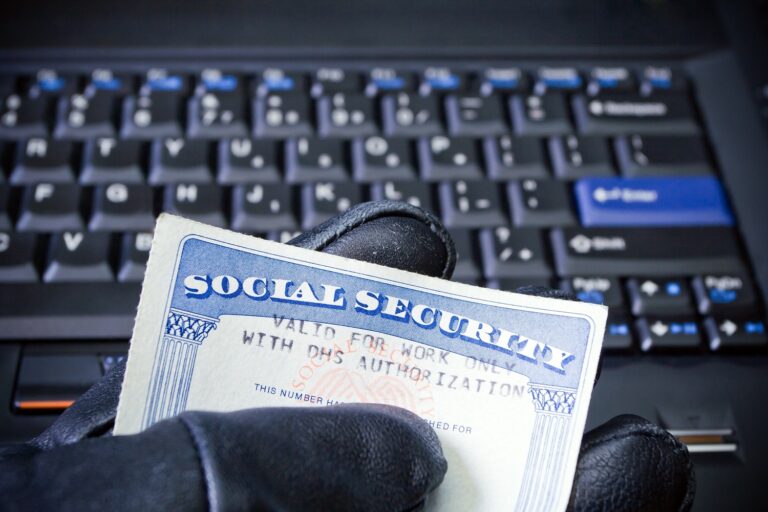Not a day seemingly goes by without news of some cybersecurity breach or data theft. In such times, the prospect of securing your data and preventing theft might seem impossible, given how sophisticated these attacks are.
Cybersecurity is the solution of course, but it is a very broad field. Seemingly full of acronyms and highly technical topics, figuring out how to secure yourself is daunting. The good news is that personal cybersecurity is relatively simple to install.
Follow these three cybersecurity principles and you’ll have no problems with attackers and other malicious exploits.
- 1. Use secure networks
We’re online for almost the entirety of our day. We access the internet through a range of devices such as our phones, wearables, computers, and even smart appliances. At first glance, you might think that cybersecurity involves installing protection for every device.
However, the right approach is to examine the networks you use and secure those access points. For instance, your smart appliances will use your home network and most service providers will install top-notch security to prevent malicious attacks.
Smartphones and laptops are perhaps the most vulnerable to attack since they are mobile and you can use them across several networks. In such instances, examine the network you’re logging on to. If you’re using a public wifi service, use a virtual private network or VPN to secure your data.
When accessing websites, check whether it’s secure. These days, figuring out the security status of a website is simple. Look at the address bar and look for a lock icon or the presence of “HTTPS” in the address. These indicate the website has a secure socket layer or SSL installed.
SSL protection prevents almost every malicious threat against your device. When combined with VPN use, you’ll protect yourself from almost every threat out there.
2. Use multifactor authentication
Multifactor authentication or MFA should be a staple of every website or account you log into. MFA secures your account with more than just a password. Typically, MFA uses your device or an authenticator app to secure access. Once you use your password, you will be prompted to enter a code or key to access your data.
MFA is highly effective because it adds another layer of security to your apps. While it is device-dependent, the additional security it offers is worth it. Some people don’t trust MFA because they believe using it gives the app they’re logging into access to their device. This is not how MFA works.
In addition to MFA, you can use anti-keylogger keyboards to enter information. These keyboards are not physical. Instead, you’ll see them on the screen when logging into your apps. You can click on the keys on the screen to enter your information.
Not every app offers this feature, but use it whenever available. Note that these methods are not infallible. For instance, an attacker can bypass MFA with the right social engineering tricks. You’ll learn more about how to protect yourself from such attacks in the next section.
For now, understand that MFA is an asset in cybersecurity and you must use it as much as possible.
3. Educate yourself
Human beings are the biggest weak link in every cyber security operation. Companies spend millions of dollars every year to educate their employees on best practices. While the efficacy of these programs is debatable, this does not mean you should ignore security education.
Following basic cybersecurity principles and watching out for the most prevalent security attacks such as phishing or social engineering goes a long way to securing your data. Phishing is usually conducted via emails and involves an attacker impersonating a trusted source.
Social engineering works the same way, sometimes hand in hand with phishing. Both these tactics use the trust you place in someone’s authority to steal personal information. For instance, an attacker might pose as a bank employee or someone in authority to get you to divulge MFA codes and passwords.
The best way to secure yourself is to learn what kind of communication your apps will send you. Also, what information will they ask for in these communications? Typically, apps do not ask for passwords and other information. Anyone posing as an employee will almost always ask for this and is a huge red flag.
Other basic educational measures you can take is understanding good password creation practices. Avoid using personal information or obvious knowledge in your passwords. Also, avoid using the same password across different logins. This way, you won’t risk every app being breached if one app’s security fails.
You can use password managers to help you but some apps block them. In such cases, relying on a pattern or a random string and writing them down on a piece of paper is a good idea. Attackers cannot hack a piece of paper. However, paper is vulnerable to damage.
Store it carefully and avoid sharing it with others. When put together, these educational measures will protect you significantly.
Once a thief has your confidential data, they can use it to wreak havoc on your financial life. These tips – along with the help found in our financial podcast, Money Girl – will help you prevent, detect, and fight against identity theft.
Security is simple
Personal cybersecurity is relatively straightforward. Follow the practices listed in this article and you won’t have any problems ensuring your data is safe.

